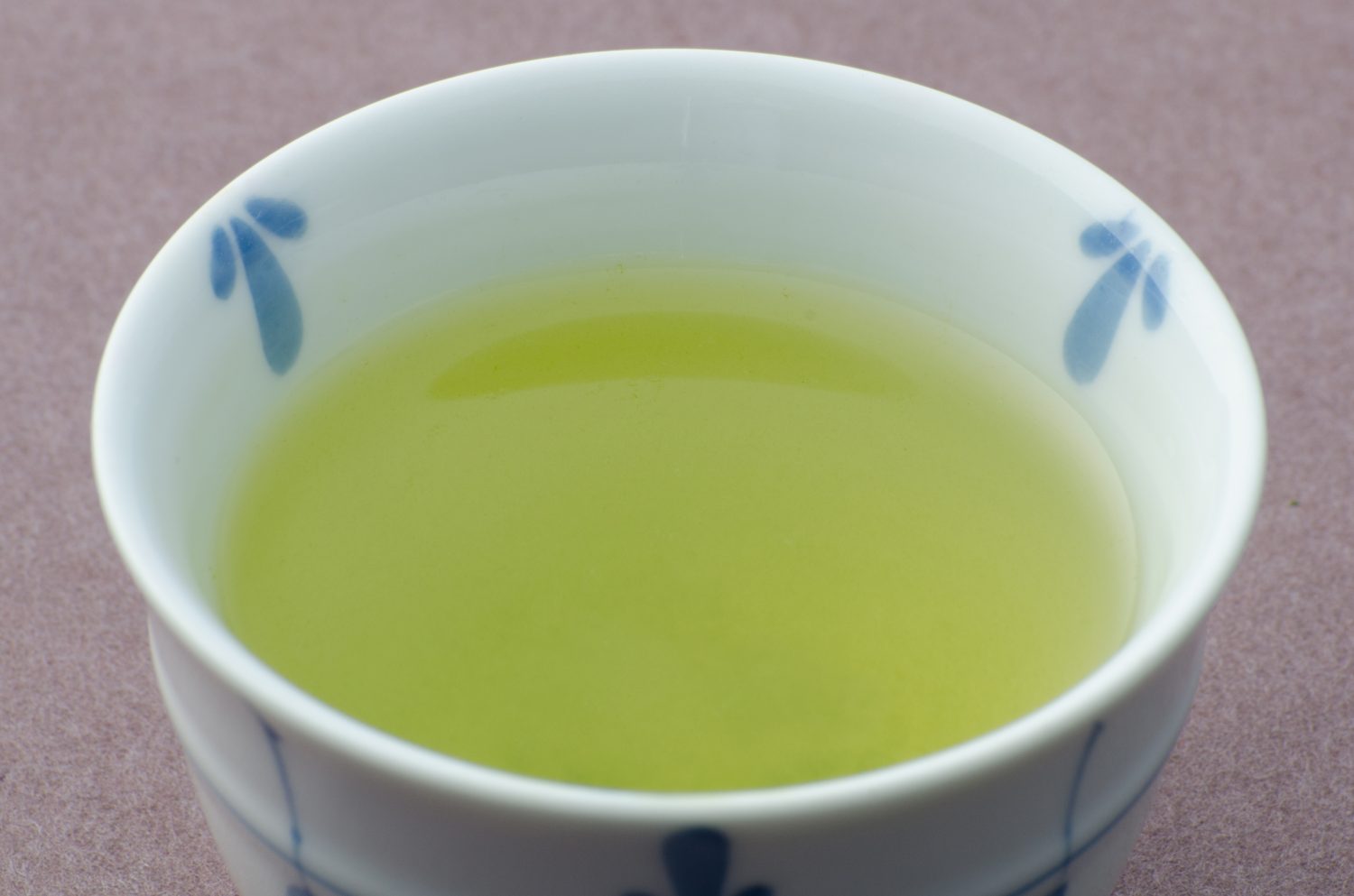Japanese tea

Tea production holds a long-standing local history. Collective production for kamairicha (‘pan fried tea leaves’) first began in the Saiki and Hita regions from the Edo Period, forming specialized production areas for products such as Inbicha and Tsuecha. While Kitsuki was known for black tea production up until 1965, the region elected sencha as the default variety for ‘Kitsuki Tea’ when black tea was liberalized as a product, and subsequently became the top tea production area across the prefecture. Oita also saw the birth of ‘Yabakei Tea’ in Nakatsu (former Yabakei Town and former Central Hon Yabakei Town) as a result of the large-scale farmland reclamation efforts conducted in the prefecture’s north. Since the late 1980s, new Yabakei Tea plantations have been established in the former Ono District with ongoing efforts in regionalizing production. Organic tea production is enjoying noticeable success in Usuki (former Notsu Town), the only production place for organic tea in Oita.
Recently, tea plants are covered with black cheesecloth that block out 75% of light for around seven-to-ten days before harvest ? this is an effort from producers to popularize the ‘Kabuse Tea’ that is vividly green and rich in taste.
Japanese tea
- Shipping time
- Year-round
- Transportation form
- At normal room temperature
- Contact
- Oitaken Agricultural Co-operatives